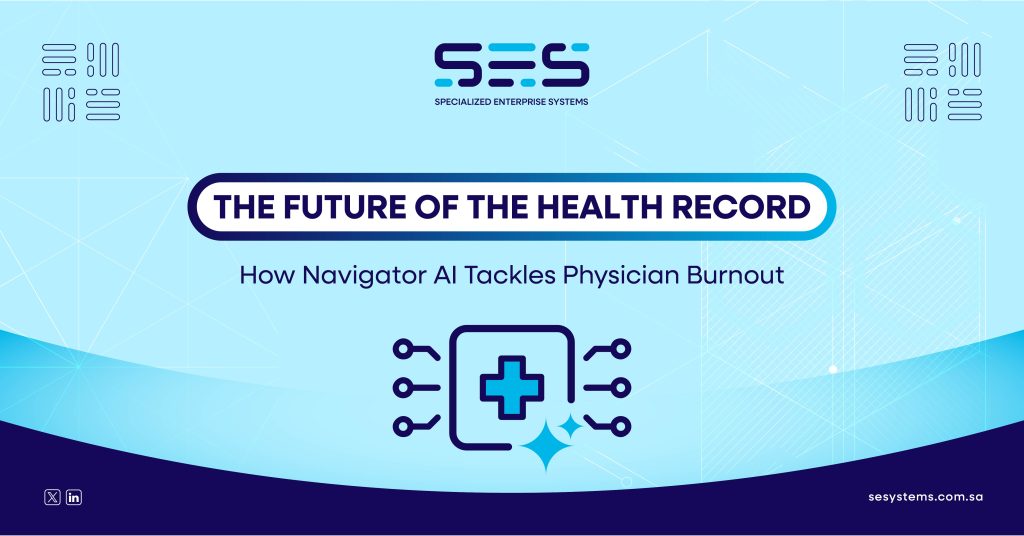The telecommunications industry is changing fast. Leaders’ top priorities include cost reductions, controlling capital expenditures, monetizing past investments, and using mergers and acquisitions to drive value.
At the same time, customer expectations are higher than ever; 54% of telco leaders say improving customer experience is a top transformation initiative. It’s a key differentiator in crowded markets. Technology is evolving at lightning speed, and the pressure for operational efficiency is real.
All of which requires a sharp digital transformation strategy. But according to one study at least, not enough telecoms businesses are planning for the future (just 26%).
For CTOs and CFOs, transformation isn’t about keeping up; it’s about setting a strategic course that not only tackles today’s challenges but also lays a strong foundation for sustained growth and a clear competitive advantage.
The ultimate goal? Unlocking tangible business value through AI, ensuring your systems are fast, secure, and delivering measurable results.
Phase 1: Build Your AI-Ready Data Foundation
Before you can truly harness the power of AI, you need to get your house in order. That means taking a critical look at your existing data infrastructure.
Many organizations face the challenge of data that isn’t quite ready for advanced AI applications, often complicated by concerns around privacy and cost. This crucial first phase is all about creating a robust, secure, and AI-optimized data ecosystem.
- Data Readiness & Integration
Think of this as decluttering and organizing your digital backbone. It involves consolidating disparate data sources, ensuring data quality, and establishing a unified data framework.
For telecoms, this means seamlessly integrating customer data, network performance metrics, billing records, and service interaction logs. The shift here is from simply ‘controlling’ data to becoming a ‘data custodian,’ ensuring secure, efficient, and accessible data management across all your organizational silos to accelerate digital processes. - AI Strategy & Advisory
Don’t jump into solutions without a clear vision. It’s essential to evaluate your current capabilities and define a precise AI transformation roadmap.
This involves identifying high-impact AI applications that directly align with your core business goals, ensuring every investment contributes meaningfully to your strategic objectives. This phase is all about pinpointing where AI can deliver the most significant impact, from boosting subscriber satisfaction to driving impressive operational efficiencies.
Phase 2: Transform Core Operations with Intelligent Automation
With a solid data foundation and a crystal-clear strategy in place, the next phase focuses on embedding intelligent automation into your key operational areas. This is where AI agents begin to power truly customer-first telco experiences, delivering trusted, secure, and responsive engagement anytime, anywhere.
- Elevating Customer Support
Imagine AI-powered virtual assistants revolutionizing how your subscribers interact with your services.
These intelligent agents can provide real-time support for common inquiries, from assisting with plan upgrades and comparisons to offering personalized recommendations for new packages and guiding customers through international add-ons.The result? Significantly reduced call center volumes and a vastly improved customer experience through immediate, accurate information.
- Streamlining Billing & Payments
Addressing billing inquiries and payment processes often consumes significant operational resources. AI can automate invoice explanations, send timely due date reminders, provide detailed usage breakdowns, and even proactively prevent “bill shock” by alerting customers to unusual consumption patterns.
This not only boosts efficiency but also minimizes payment disputes and enhances financial clarity for your subscribers.
- Enhancing Technical Support & Service Management
For technical issues, AI agents can provide instant troubleshooting assistance, guide users through device configuration, and even perform basic signal analysis or network reset walkthroughs.
This intelligent support reduces the need for human intervention in routine technical queries, allowing your specialized teams to focus on more complex issues and ensuring faster resolution times.
- Proactive Customer Engagement
Beyond reactive support, AI enables powerful proactive engagement.
For instance, intelligent systems can recommend roaming packages based on a customer’s travel patterns, activate services, and offer useful usage tips abroad. This foresight enhances subscriber satisfaction by anticipating needs and offering tailored, timely solutions.
Phase 3: Advanced Intelligence & Continuous Optimization
The final phase leverages your established AI capabilities to drive deeper insights, foster continuous improvement, and unlock exciting new revenue streams. This ensures your telecom business remains “Connected Smarter” and continues to enhance its operational efficiency with intelligent, always-on telecom support.
- Optimizing Network & Service Resilience
AI plays a pivotal role in managing network incidents. Outage notification agents can provide multichannel alerts, track restoration timelines, and offer geo-impact updates, ensuring transparent and timely communication during service disruptions. This proactive management of outages significantly improves customer perception and operational resilience.
- Predictive Analytics for Business Growth
By continuously analyzing vast datasets, AI models can identify emerging trends in customer behavior, predict churn, and optimize network resource allocation.
This leads to more informed decision-making, from precisely targeted marketing campaigns to strategic infrastructure investments, ensuring your business is always adapting and growing with the market.
- Security & Compliance Assurance
As AI systems process sensitive data, ensuring robust security and data privacy remains paramount.
This roadmap includes continuous monitoring and refinement of AI models to detect fraudulent activities or unusual patterns, safeguarding both your company and your customers from evolving threats. An unwavering commitment to security is integral to maintaining trust and regulatory compliance.
By systematically implementing these phases, telecom businesses can truly transform their operations, elevate customer experiences, and secure a significant competitive edge in today's dynamic marketplace. Ready to start building your transformation roadmap? We can help — talk to SES.










